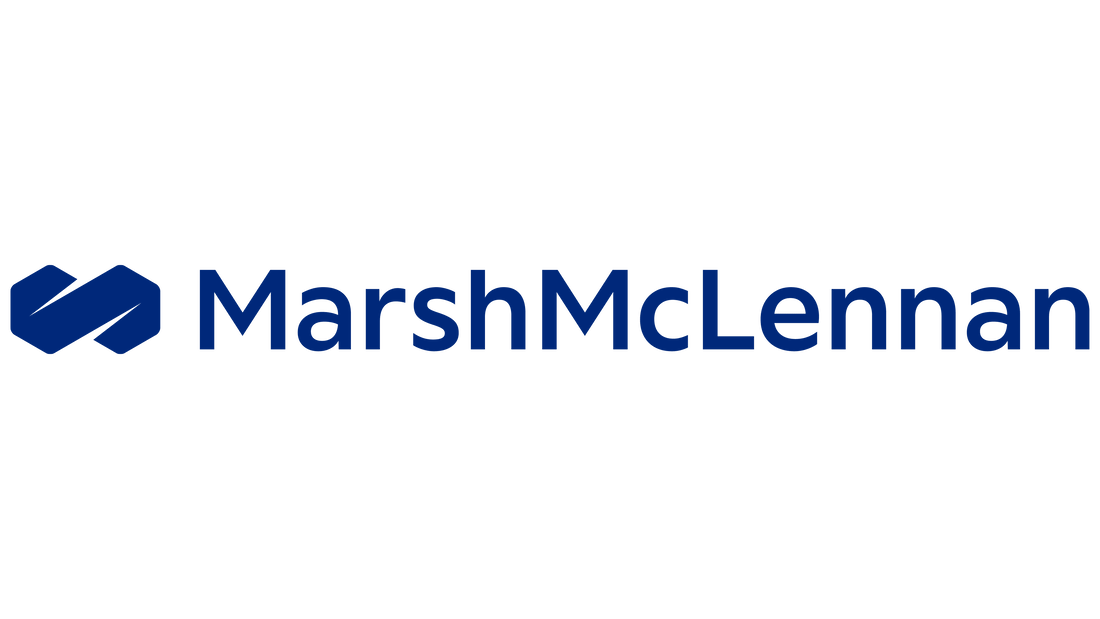By Jacob Colmenero, MarshMcLennan Agency
Path to Recovery: The Innovative Substance Use Disorder Treatment Model from Southcentral Foundation4/18/2024
The Washington AIDS Education and Training Center (WA AETC), situated within the University of Washington School of Medicine Division of Allergy & Infectious Diseases, is instrumental in augmenting HIV prevention and care statewide. Nestled in the Harborview Medical Center campus, the WA AETC fosters collaboration among clinical, non-clinical, and allied health staff from various sectors, including public and private health facilities, local health departments, community-based organizations, and behavioral health providers.
By Eamon P.S Roach, PARTNER AT ROACH & BISHOP LAW OFFICES BACKGROUND Most Foreign Medical Graduates (FMGs) complete medical school abroad and then match with a residency program in the United States. Upon matching, the vast majority are sponsored to come to the United States by their respective program in J-1 Status. The J-1 Visa was initially created as a cultural exchange program for foreign nationals to come to the United States to train, share knowledge and ideas, then return to their home country thereafter to share that knowledge and training gained while in in the US.
|
Archives
June 2024
Categories |
|
|
© Northwest Regional Primary Care Association. All Rights Reserved.
This project is supported by the Health Resources and Services Administration (HRSA) of the U.S. Department of Health and Human Services (HHS) as part of an award totaling $1,742,242.00 with 25% financed with nongovernmental sources. The contents are those of the author(s) and do not necessarily represent the official views of, nor an endorsement, by HRSA, HHS or the U.S. Government.










 RSS Feed
RSS Feed
